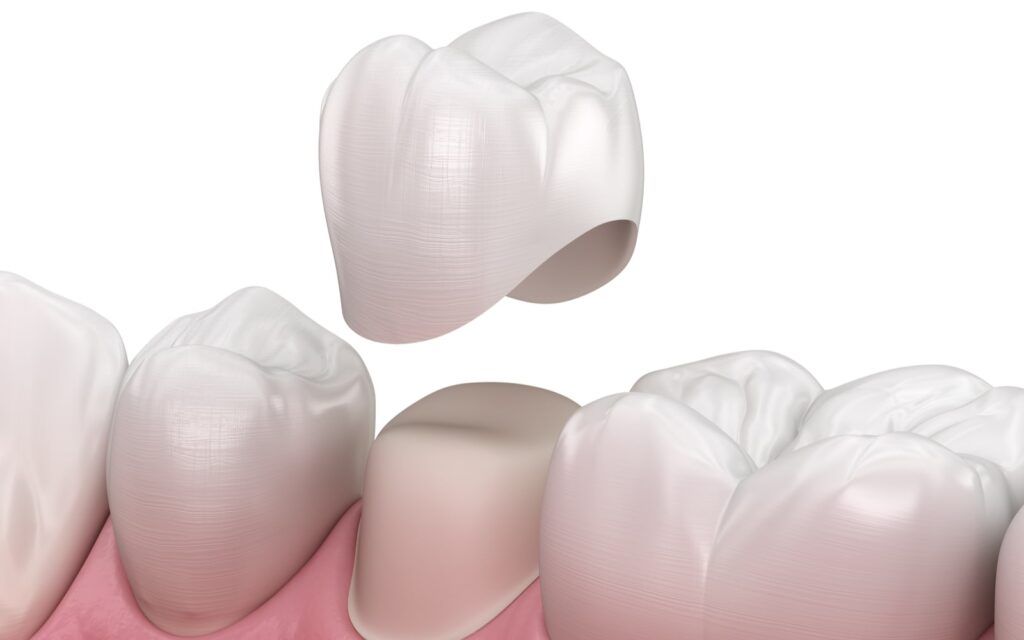So you’ve just been told by your dentist that your child needs dental restoration. Many parents’ first reaction in this situation is, “Why? Aren’t they just going to fall out when the adult teeth come in?”. While this is true, it overlooks the fact that your child’s primary, or baby, teeth are an essential part of their development. Without them, their jaw may not provide enough space for the adult teeth to come in. Pediatric restorations help ensure that your child’s oral development continues properly, ensuring straight, healthy teeth as an adult.
How Pediatric Crowns Help In Adult Development
After learning that they need a crown, the first step is to consider which type of crown you want to go with. There are a number of different materials to choose from, just as with adult crowns. These materials all come with their own benefits and drawbacks. Which one of them is going to be appropriate for your child’s teeth is based on a number of factors. Your dentist will explain the options and the pros and cons of each and how they’ll help your child’s adult development.
The second thing to do is prepare for the procedure. The following steps are standard parts of every crown placement:
- Preparation: Prior to the restoration being put in place, the tooth must be free from decay. It also needs to be polished and roughed to secure the restoration properly.
- Impressions: At this stage, your dentist will take a mold of your child’s teeth, known as an impression. This is used as a model to guide the creation of the crown that will be put in place. It’s essential that it fits the space exactly to remain secure until the tooth falls out.
- Temporary Crown: Some clinics are able to manufacture crowns on the premises using specialized machinery. If yours doesn’t, the mold will need to be sent out to create the final crown. In the meantime, the dentist will fit your child with a temporary crown.
- Apply Permanent Crown: Another visit will be necessary when a temporary crown has been placed. During this follow-up visit, your dentist will remove the temporary crown and replace it with a permanent one.
Local anesthesia is provided to your child to ease any discomfort and to help them relax. Your child may require additional sedation, depending on the child. You can discuss the options with your dentist. In most cases, the additional sedation won’t be necessary.
Your child will need to wait until the anesthesia passes before they eat again. Not waiting could lead to their biting their tongue, lip, or cheek. Once the anesthesia wears off, it’s possible they may experience some mild discomfort. Over-the-counter medications are generally sufficient to address this discomfort.
Call Your Dental Provider For A Consultation
If you’ve decided that it’s time to go through with the restoration, give your dental provider a call. They’ll provide you with all the necessary information during your consultation appointment. When a pediatric dental crown is needed, don’t wait to get it in place. Your child’s future smile could be at stake.


